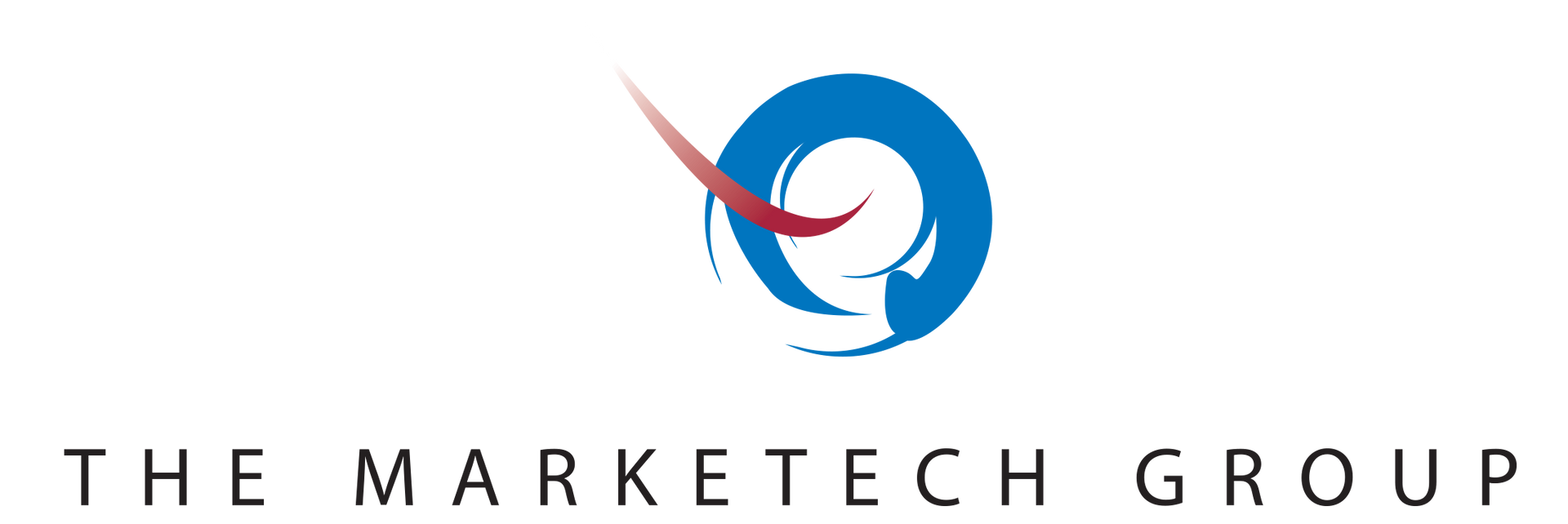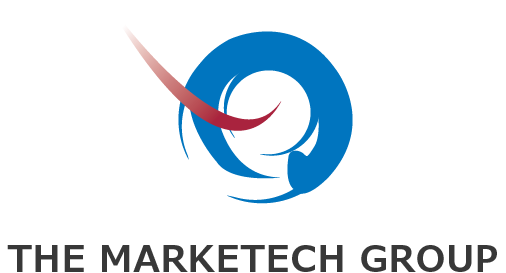Barriers to Entry in Healthcare: Key Market Entry Strategies
Share this article:
Written by: The Marketech Group

Breaking into the healthcare market presents unique challenges, from regulatory hurdles to competitive pressures. Companies developing medical technologies, pharmaceuticals, or healthcare services must navigate a complex environment shaped by stringent policies, evolving patient needs, and financial constraints.
Unlike other industries, success is not solely determined by innovation. Market entry requires strategic planning, data-driven decision-making, and a deep understanding of customer priorities. Overcoming these challenges requires a structured approach, balancing compliance, pricing strategy, and value communication. Understanding the barriers to entry and adopting effective market entry strategies can help companies establish a strong foothold and drive long-term success.
Objectives of Healthcare Market Entry
Companies entering healthcare markets typically focus on three primary objectives: regulatory approval, adoption, and scalability. Securing regulatory clearance from agencies such as the FDA or EMA is a necessary first step, this helps determine a product’s eligibility for commercialization. Beyond approval, healthcare organizations, providers, and payers must recognize the product’s value for adoption to occur. Scalability then becomes the final objective, allowing a company to expand market reach while maintaining efficiency and profitability. Achieving these goals requires careful planning, comprehensive research, and a strategy tailored to the needs of key stakeholders.
Types of Barriers to Entry in Healthcare Markets
Health Technology Assessment (HTA)
Health Technology Assessment (HTA) plays a major role in determining market access for new healthcare solutions. Government agencies and payers use HTAs to evaluate the clinical effectiveness, cost-effectiveness, and broader impact of a product before approving reimbursement. A favorable HTA outcome can accelerate adoption, while a negative evaluation can delay or prevent market entry. Companies must present strong clinical and economic evidence to demonstrate superior outcomes and justify pricing. Understanding the specific HTA criteria of target markets helps in preparing the right data to support a successful submission.
Financial Barriers
High development costs and reimbursement complexities create financial hurdles for new entrants. Research and development expenses, regulatory fees, and clinical trials require significant investment before a product reaches the market. Even after launch, securing reimbursement from insurers or government programs can be a slow and uncertain process. Many healthcare providers operate under strict budgets, making cost-effectiveness a key consideration. Companies must carefully assess pricing models, funding opportunities, and reimbursement pathways to mitigate financial risks and support long-term growth.
Competitive Barriers
The healthcare industry is highly competitive, with established players holding strong market positions. Companies that have built trust over decades often have exclusive contracts, extensive distribution networks, and brand recognition that make it difficult for new entrants to gain traction. Additionally, intellectual property protections and regulatory exclusivity can limit competition for extended periods. Differentiation is key to overcoming competitive barriers. Companies must identify gaps in existing solutions, develop a compelling value proposition, and leverage strong clinical data to shift provider and payer preferences.
Technological and Innovation Barriers
Medical innovation is advancing rapidly, but not all new technologies align with clinical workflows, regulatory standards, or payer expectations. Adoption often depends on how well a product integrates into existing healthcare infrastructure. Interoperability challenges, data security concerns, and clinician training requirements can slow adoption, even if a technology offers clear benefits. Companies must anticipate these barriers during development and ensure that their solutions align with healthcare providers’ operational realities. Early engagement with stakeholders can help refine product design and increase the likelihood of acceptance.
Clarifying Competitive Barriers: Overcoming Market Entrenchment
Breaking into a competitive healthcare market is difficult, especially when established players hold long-term procurement contracts, enjoy strong brand trust, and benefit from decision-maker inertia. Even when a new product offers clinical or operational advantages, these factors can make switching costly and inconvenient.

Procurement Contracts Limit Access
Hospitals and healthcare networks often sign exclusive agreements with vendors, securing bulk discounts and service benefits. These contracts create high switching costs, making it challenging for new entrants to compete on price alone. Partnering with group purchasing organizations (GPOs) or demonstrating clear financial advantages can help open doors.
Decision-Maker Inertia Slows Adoption
Hospital administrators and department heads may hesitate to adopt new technology due to concerns about workflow disruptions, training requirements, or integration challenges. Pilot programs, case studies, and strong peer endorsements can help overcome skepticism and build confidence in new solutions.
Brand Trust Creates a Loyalty Barrier
Established MedTech brands have spent decades building relationships and customer loyalty. Competing against this trust requires a clear differentiation strategy, strong clinical validation, and messaging that highlights what a new solution offers that incumbents do not.
Navigating these barriers requires market intelligence and a strategic approach. The MarkeTech Group provides the research needed to identify opportunities, refine positioning, and develop strategies that help new entrants compete effectively. Submit an RFP today to learn how we can support your market entry strategy.
Key Market Entry Strategies in Healthcare
Conducting In-Depth Market Research
Understanding customer needs, market demand, and competitive positioning is fundamental to a successful entry. Research helps identify key decision-makers, assess buying behavior, and uncover potential adoption barriers. Qualitative and quantitative methodologies, including conjoint analysis, pricing studies, and segmentation research, provide insights that inform go-to-market strategies. Investing in research before launch reduces uncertainty and strengthens decision-making.
Developing a Targeted Value Proposition
A strong value proposition clearly communicates how a product addresses specific pain points for healthcare providers, payers, and patients. Companies must define what sets their offering apart, whether it’s improved clinical outcomes, operational efficiency, or cost savings. Aligning messaging with stakeholder priorities increases the likelihood of adoption. Market research plays a key role in refining this messaging, helping companies craft compelling evidence-backed narratives.
Strategic Pricing
Pricing strategies impact both market penetration and profitability. Setting the right price requires balancing customer willingness to pay, reimbursement structures, and competitive positioning. Tools like Van Westendorp pricing analysis help determine optimal pricing ranges. Companies must also consider flexible pricing models, such as subscription-based or value-based pricing, to improve accessibility and long-term adoption.
Leveraging Partnerships and Alliances
Collaborating with established industry players can accelerate market entry. Strategic partnerships with healthcare providers, research institutions, or distributors provide access to key networks and improve credibility. Licensing agreements and co-development opportunities also reduce financial risks and help new entrants gain traction more efficiently. Identifying the right partners early in the process can provide a competitive edge.
Investing in Health Tech Innovation
Healthcare decision-makers increasingly prioritize solutions that improve efficiency, patient outcomes, and workflow integration. Companies that embrace cutting-edge technologies, such as AI-driven diagnostics, telemedicine, and data interoperability, can differentiate themselves in competitive markets. Focusing on user-friendly design and regulatory compliance helps increase adoption rates and long-term sustainability. Innovation must be guided by market demand to drive real value.
Overcoming Market Entry Challenges with The MarkeTech Group
Entering the healthcare market requires more than a strong product. Companies must anticipate regulatory, financial, and competitive hurdles while ensuring their value proposition resonates with key stakeholders. At The MarkeTech Group, we specialize in providing actionable market research that helps healthcare companies refine their entry strategies. From pricing optimization to competitive intelligence and customer segmentation, our research methodologies provide data-driven insights that reduce uncertainty and support informed decision-making.
With over two decades of experience helping MedTech and life sciences firms navigate complex markets, we offer the expertise needed to address barriers and maximize success. Submit an RFP today to learn how our research solutions can support your market entry strategy.




